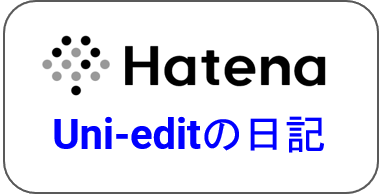難易度:中級
学術報告書では、複雑な単語を数多く列挙することがよくあります。こうしたとき、コンマだけで単語を区切ろうとしてもうまくいかない場合があります。次の例を見てみましょう:
(誤) We had four professors on our committee: Peter Wursthorn, Professor of Mathematics, Ronald Pepin, Professor of English, Cynthia Greenblatt, Professor of Education, and Nada Light, Professor of Nursing.
ここではすでにコンマが各アイテムに含まれているので、アイテムを区切るためにセミコロンを用いましょう。つまりこの場合、セミコロンを「大きなコンマ」のように考えればよいわけです。
(正) We had four professors on our committee: Peter Wursthorn, Professor of Mathematics; Ronald Pepin, Professor of English; Cynthia Greenblatt, Professor of Education; and Nada Light, Professor of Nursing.
(訳) 我々の委員会には4人の教授がいた。数学教授のPeter Wursthorn、英文学教授のRonald Pepin、教育学教授のCynthia Greenblatt、看護学教授のNada Lightである。
もう一つの例を見てみましょう。
(誤)The participants in the first group scored 70 points, the second, 60, and the third, 40.
(正)The participants in the first group scored 70 points; the second, 60; and the third, 40.
(訳) 第一グループの参加者の得点は70点、第二グループは60点、第三グループは40点だった。
アイコンをクリックして、ヒントをダウンロードする:  単語の羅列にはセミコロン
単語の羅列にはセミコロン
Uni-edit English Writing Tip: Semi-colons for monster lists
Level of difficulty: Intermediate
Your research reports often include long lists of complex items. Sometimes using commas only is insufficient to offset the items. Here is an example:
Incorrect: We had four professors on our committee: Peter Wursthorn, Professor of Mathematics, Ronald Pepin, Professor of English, Cynthia Greenblatt, Professor of Education, and Nada Light, Professor of Nursing.
As each item already includes a comma, separate the items using semi-colons. You can think of semi-colons as big commas in this situation.
Correct: We had four professors on our committee: Peter Wursthorn, Professor of Mathematics; Ronald Pepin, Professor of English; Cynthia Greenblatt, Professor of Education; and Nada Light, Professor of Nursing.
Here is another example:
Incorrect: The participants in the first group scored 70 points, the second, 60, and the third, 40.
Correct: The participants in the first group scored 70 points; the second, 60; and the third, 40.
END OF TIP



